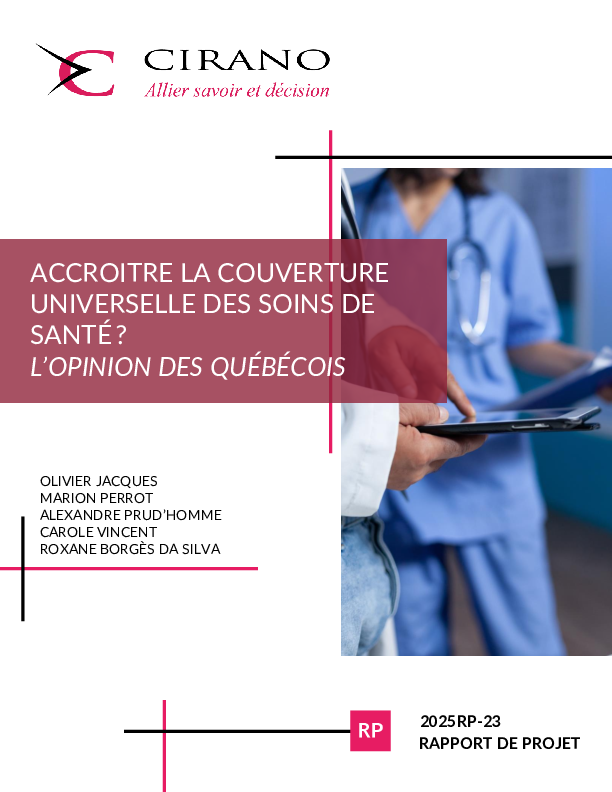Copula-based estimation of health concentration curves with an application to COVID-19
COVID-19 has created an unprecedented global health crisis that caused millions of infections and deaths worldwide. Many, however, argue that pre-existing social inequalities have led to inequalities in infection and death rates across social classes, with the most-deprived classes are worst hit. In this paper, we derive semi/non-parametric estimators of Health Concentration Curve (HC) that can quantify inequalities in COVID-19 infections and deaths and help identify the social classes that are most at risk of infection and dying from the virus. We express HC in terms of copula function that we use to build our estimators of HC. For the semi-parametric estimator, a parametric copula is used to model the dependence between health and socio-economic variables. The copula function is estimated using maximum pseudo-likelihood estimator after replacing the cumulative distribution of health variable by its empirical analogue. For the non-parametric estimator, we replace the copula function by a Bernstein copula estimator. Furthermore, we use the above estimators of HC to derive copula-based estimators of health Gini coeffcient. We establish the consistency and the asymptotic normality of HC’s estimators. Using different data-generating processes and sample sizes, a Monte-Carlo simulation exercise shows that the semiparametric estimator outperforms the smoothed nonparametric estimator, and that the latter does better than the empirical estimator in terms of Integrated Mean Squared Error. Finally, we run an extensive empirical study to illustrate the importance of HC’s estimators for investigating inequality in COVID-19 infections and deaths in the U.S. The empirical results show that the inequalities in state’s socio-economic variables like poverty, race/ethnicity, and economic prosperity are behind the observed inequalities in the U.S.’s COVID-19 infections and deaths.




